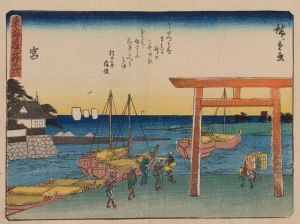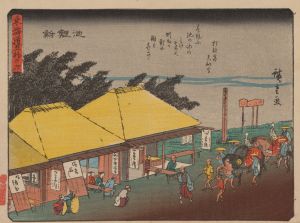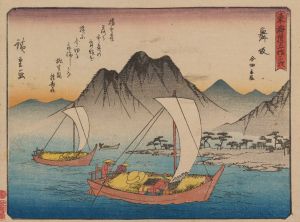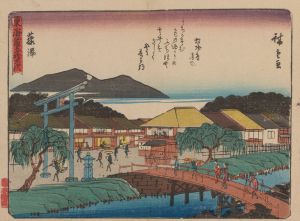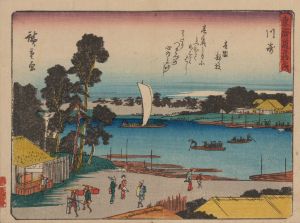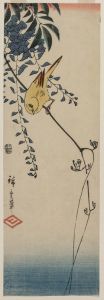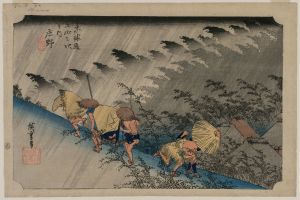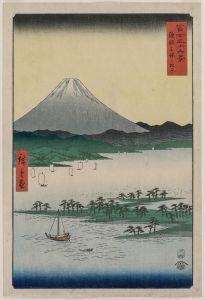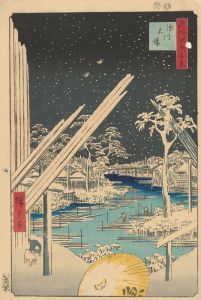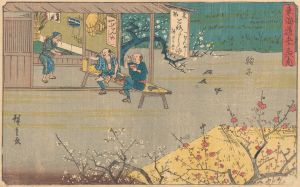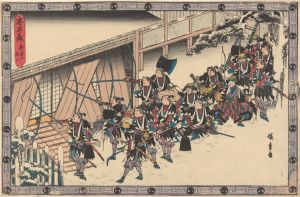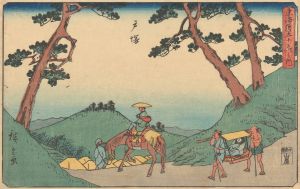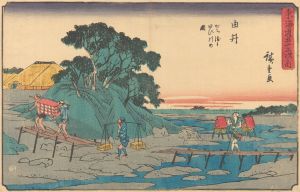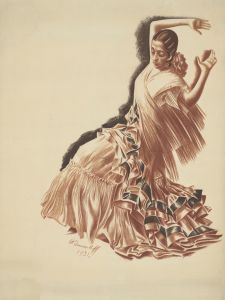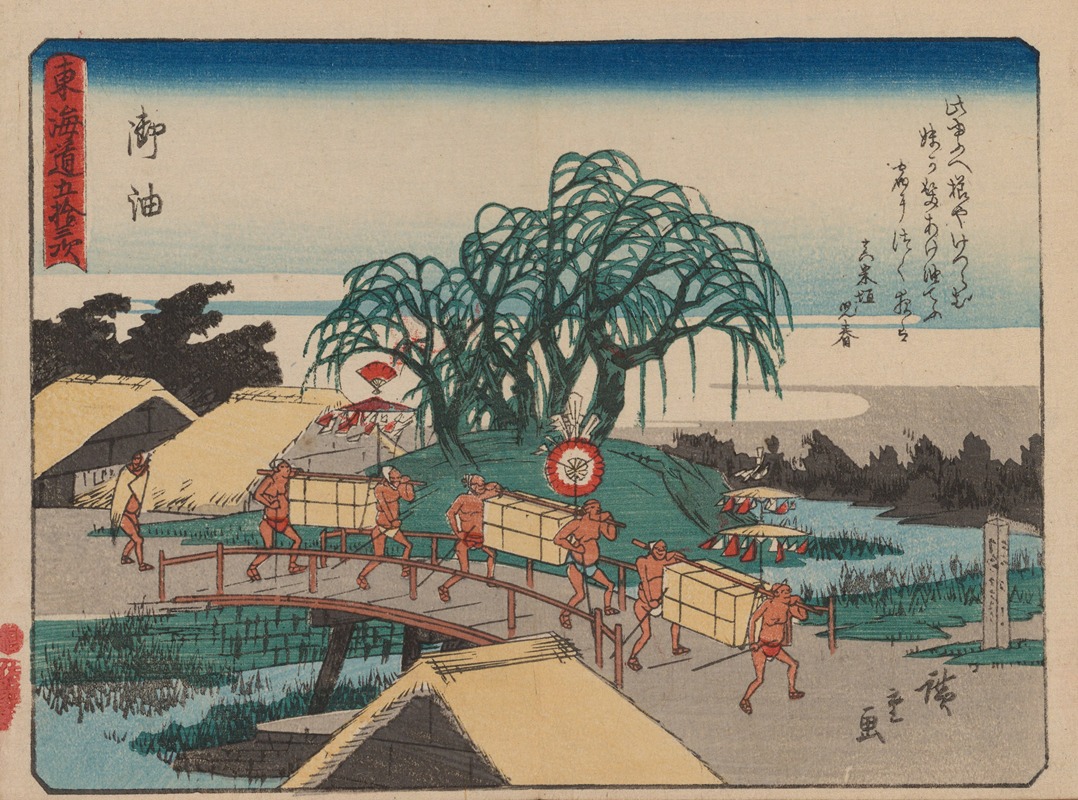
Tokaido gojusantsugi, Pl.36
A hand-painted replica of Andō Hiroshige’s masterpiece Tokaido gojusantsugi, Pl.36, meticulously crafted by professional artists to capture the true essence of the original. Each piece is created with museum-quality canvas and rare mineral pigments, carefully painted by experienced artists with delicate brushstrokes and rich, layered colors to perfectly recreate the texture of the original artwork. Unlike machine-printed reproductions, this hand-painted version brings the painting to life, infused with the artist’s emotions and skill in every stroke. Whether for personal collection or home decoration, it instantly elevates the artistic atmosphere of any space.
Andō Hiroshige's "Tokaido gojusantsugi, Pl.36" is one of the prints from his renowned woodblock print series titled The Fifty-three Stations of the Tōkaidō (Tōkaidō Gojūsan-tsugi no Uchi), which was first published in the early 1830s. This series is considered one of the most celebrated works in Japanese ukiyo-e art and captures the scenic beauty and cultural significance of the Tōkaidō, the main coastal route connecting Edo (modern-day Tokyo) to Kyoto during the Edo period.
The series consists of 55 prints in total, including one for each of the 53 post stations along the Tōkaidō road, as well as prints for the starting point in Nihonbashi (Edo) and the endpoint in Kyoto. Plate 36 specifically corresponds to one of these stations, though the exact station depicted in this print would need to be identified based on its title or visual elements.
Hiroshige's work in this series is notable for its innovative use of perspective, vibrant colors, and detailed depictions of both natural landscapes and human activity. Each print typically features a unique scene that highlights the geography, weather, and daily life of travelers, merchants, and locals along the route. The series reflects Hiroshige's keen observation of nature and his ability to convey a sense of atmosphere and movement.
The Tōkaidō series was created during a time when travel was becoming increasingly popular among the Japanese population, partly due to the relative peace and stability of the Tokugawa shogunate. The prints served as both souvenirs for travelers and as a way for those who could not travel to experience the famous route vicariously.
Hiroshige's work had a significant influence on both Japanese art and Western artists, particularly during the Japonisme movement in the 19th century. His compositions and use of color inspired artists such as Vincent van Gogh and Claude Monet.
Further details about Plate 36 specifically, such as the exact location or scene depicted, would require additional research or access to the print itself, as the numbering alone does not provide sufficient information about its content.





